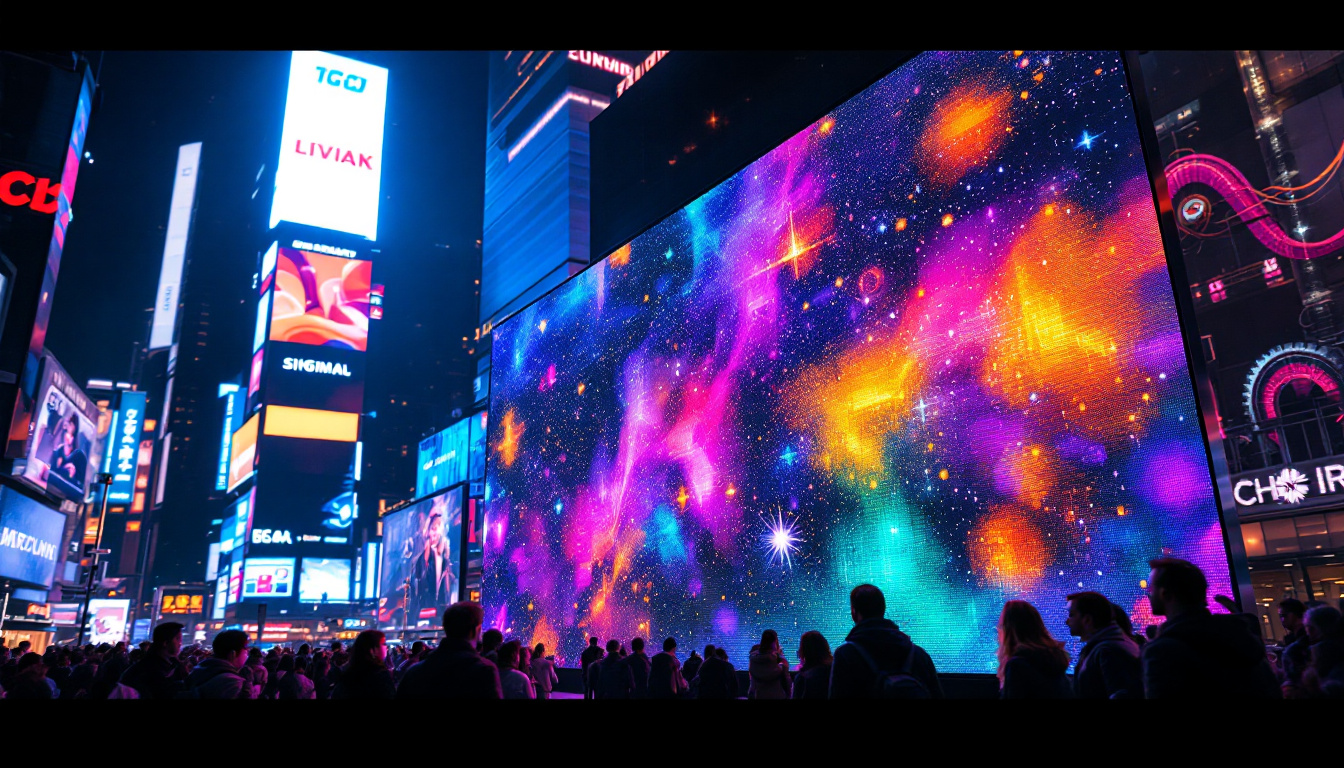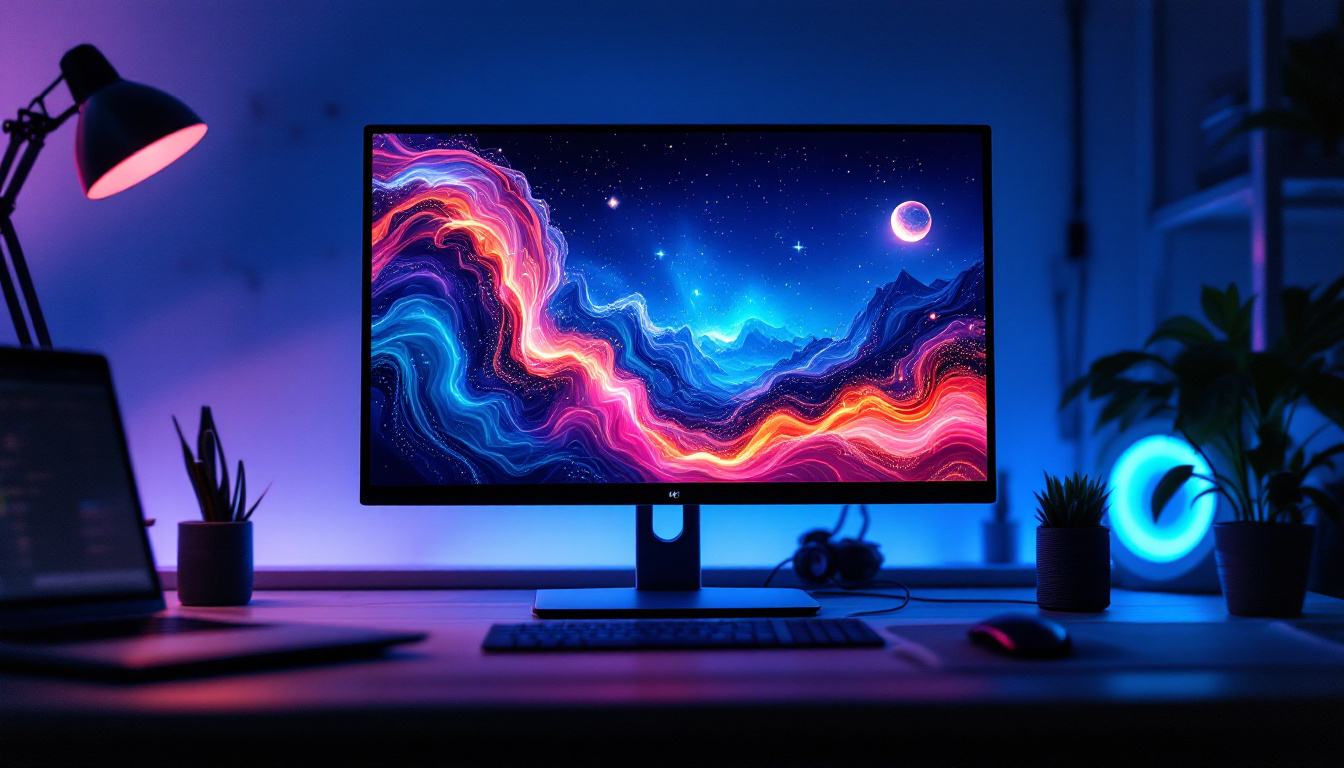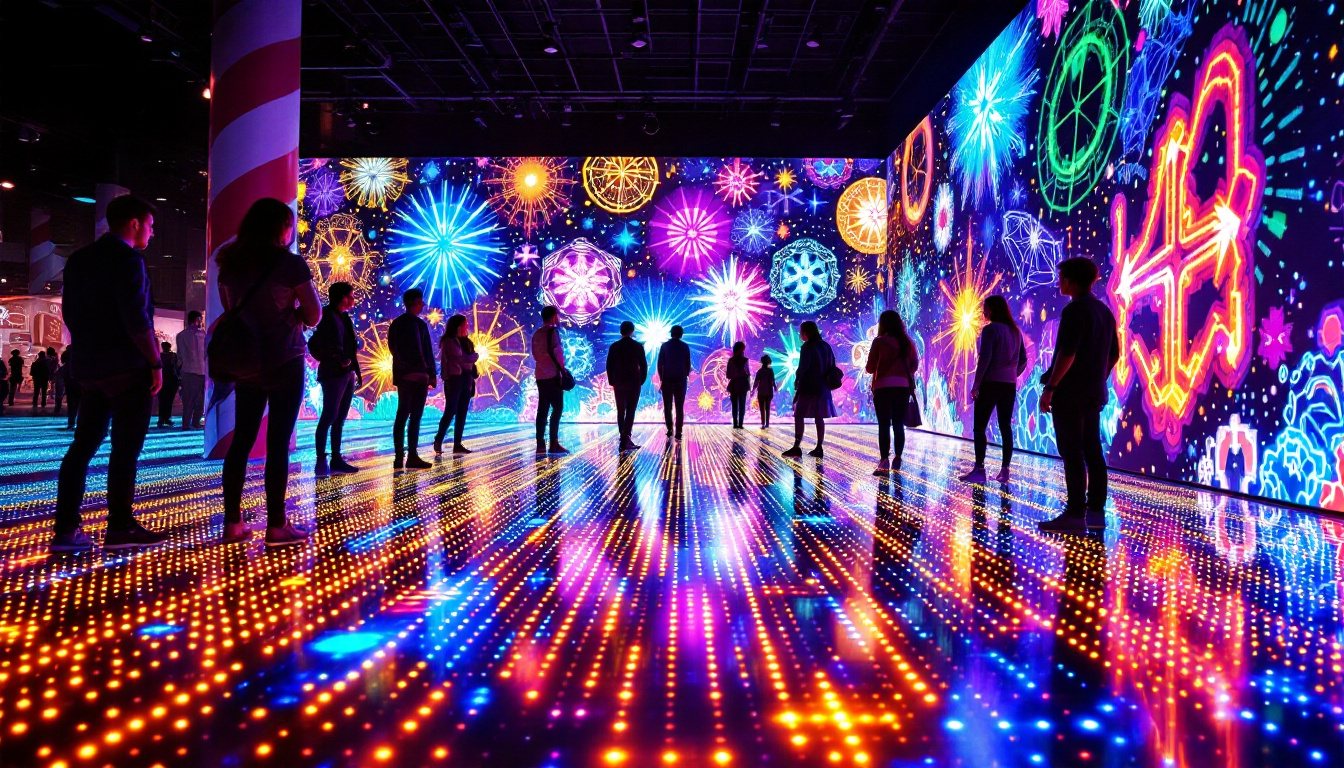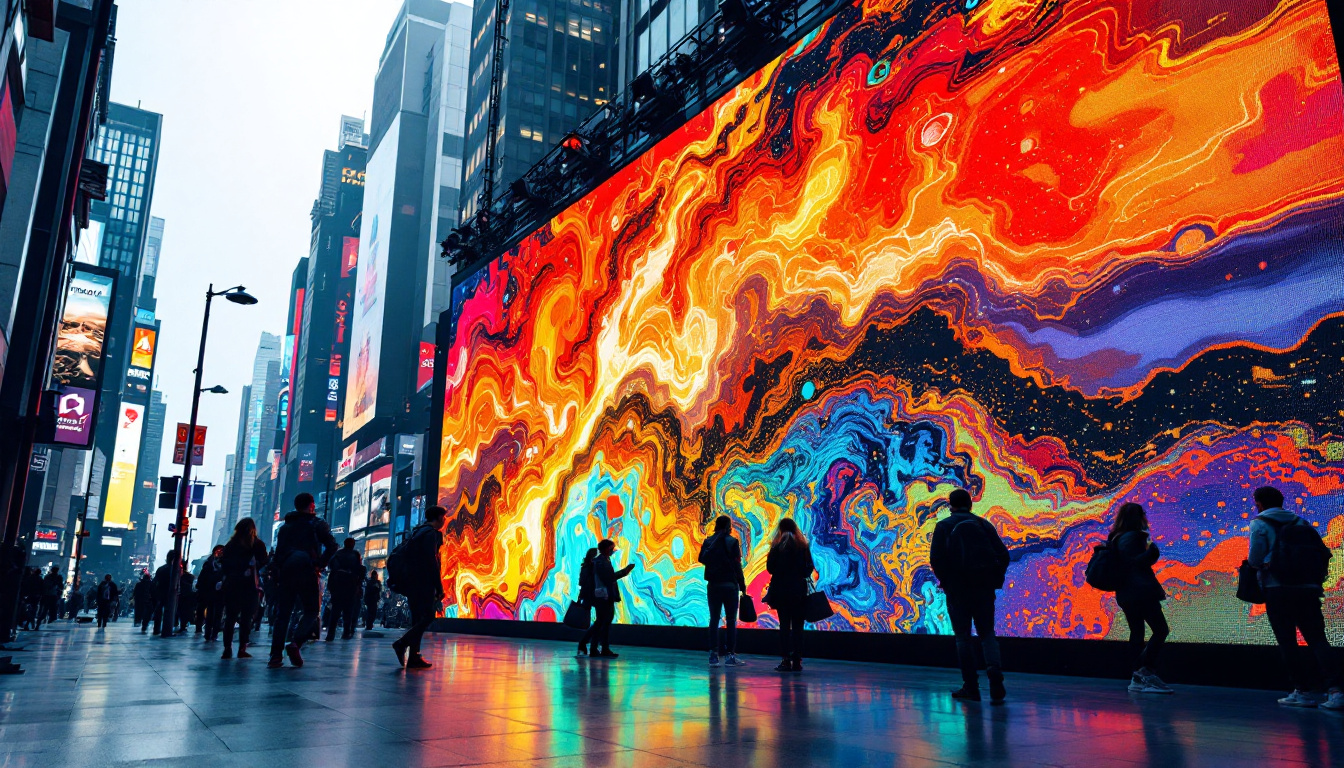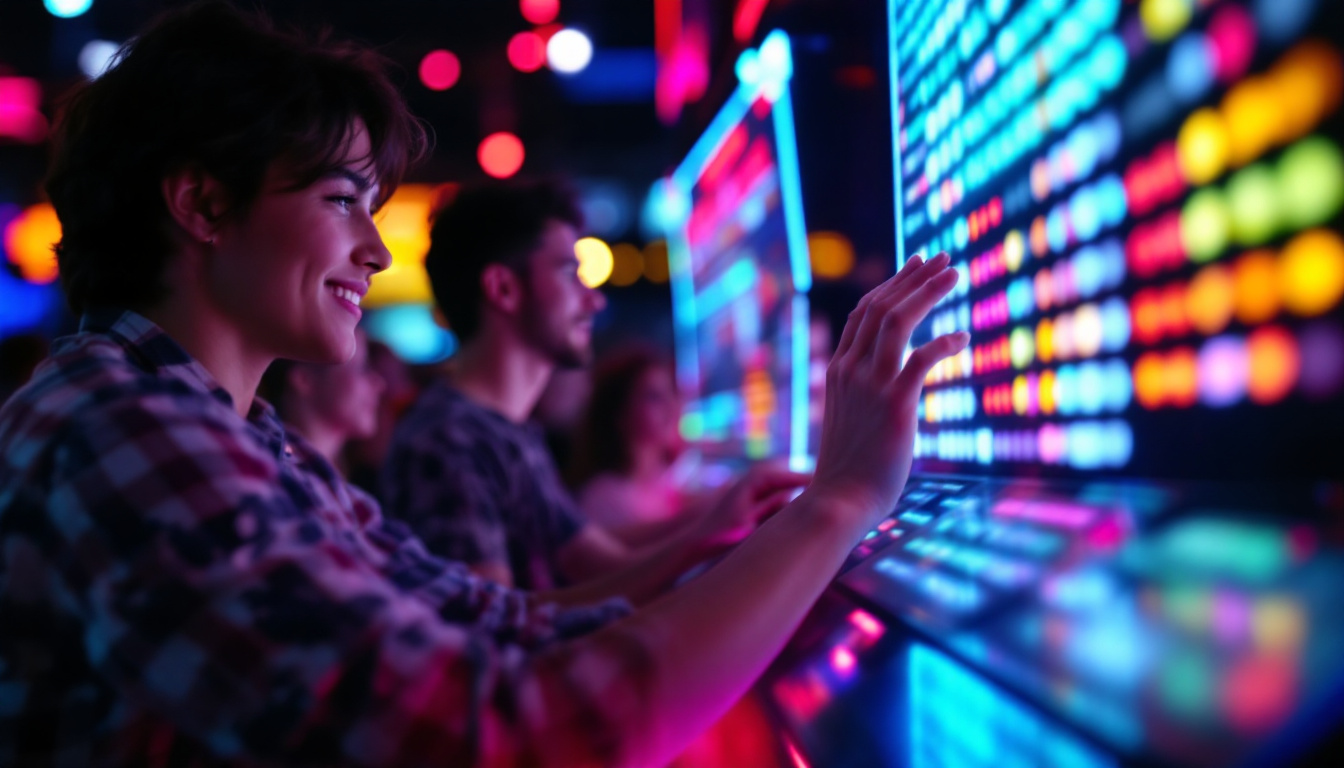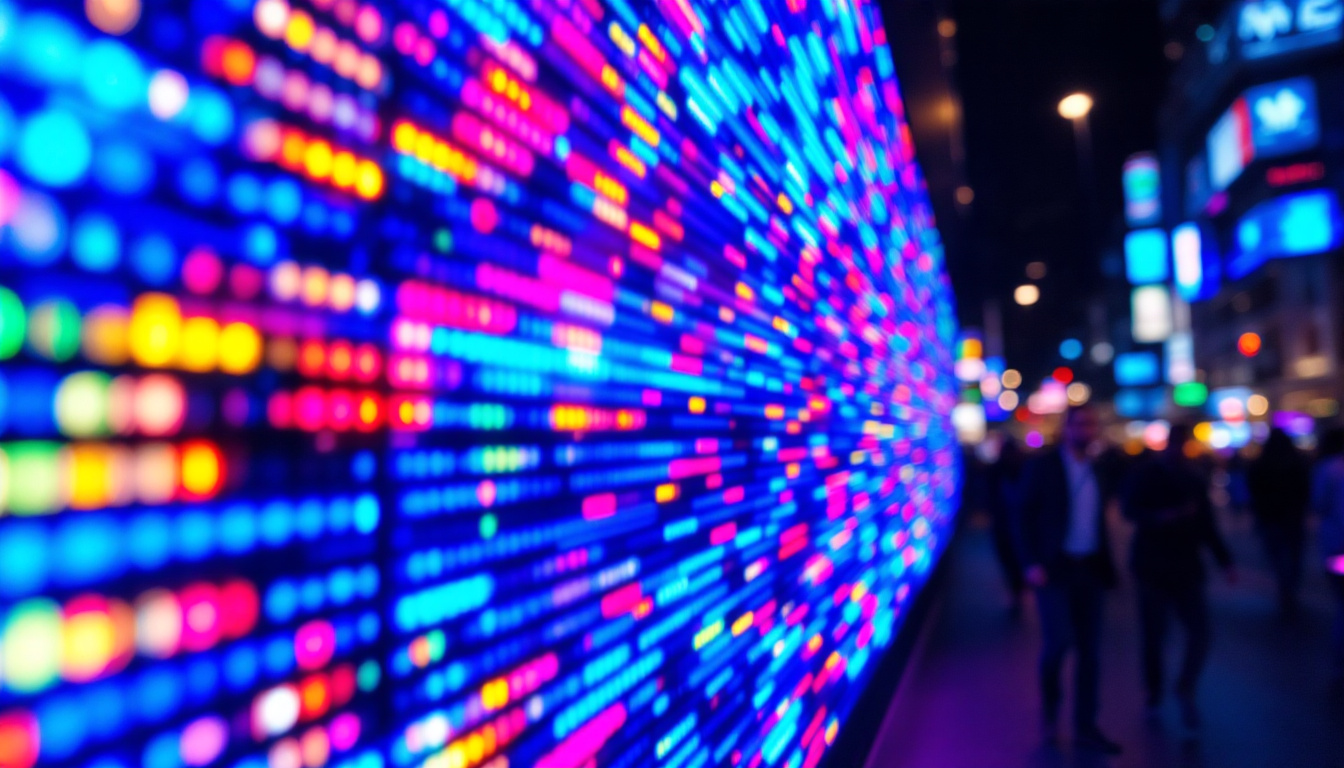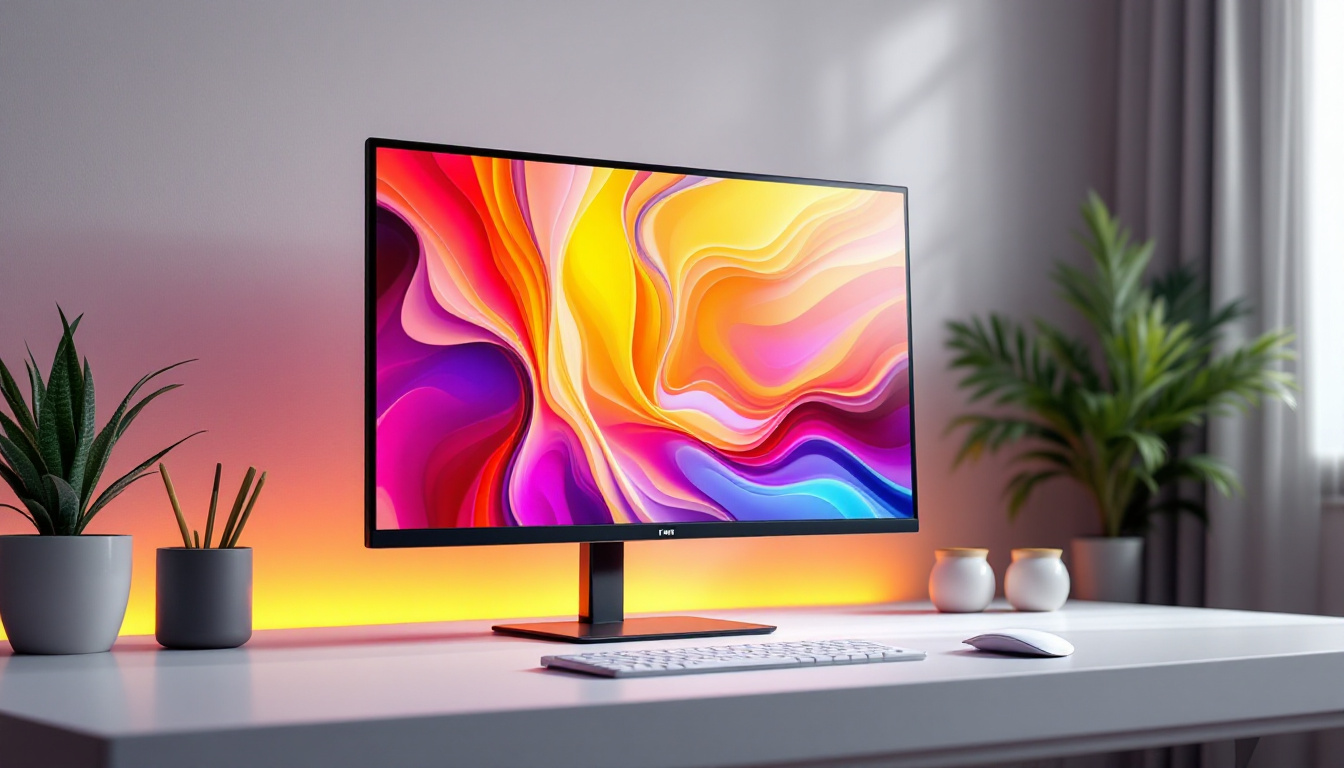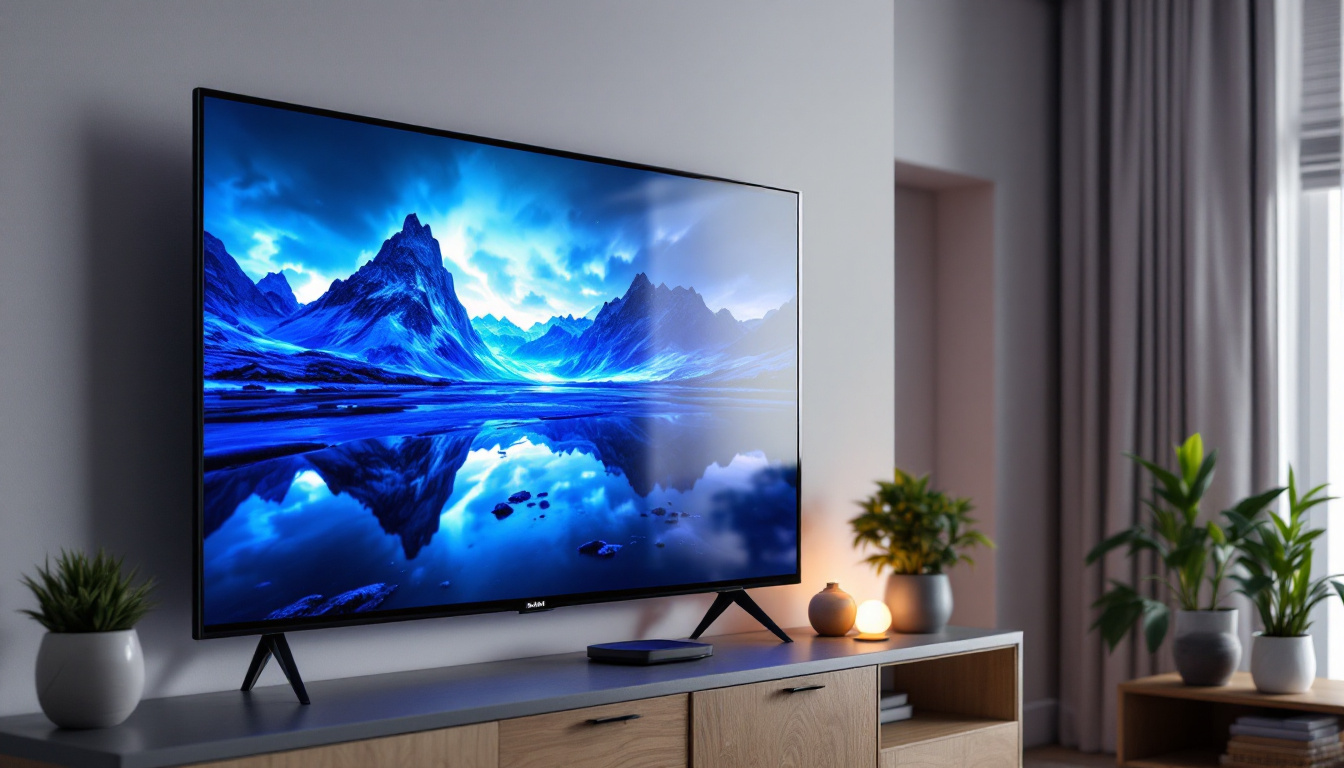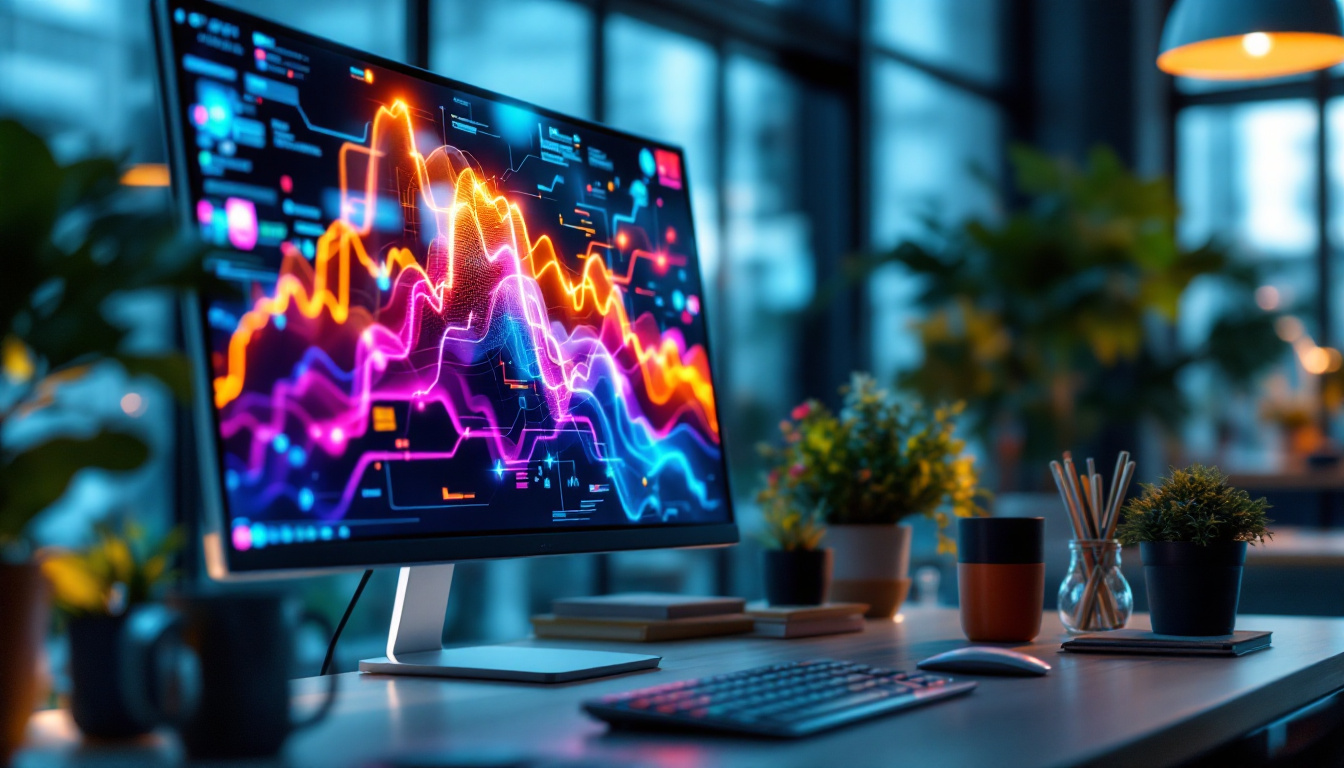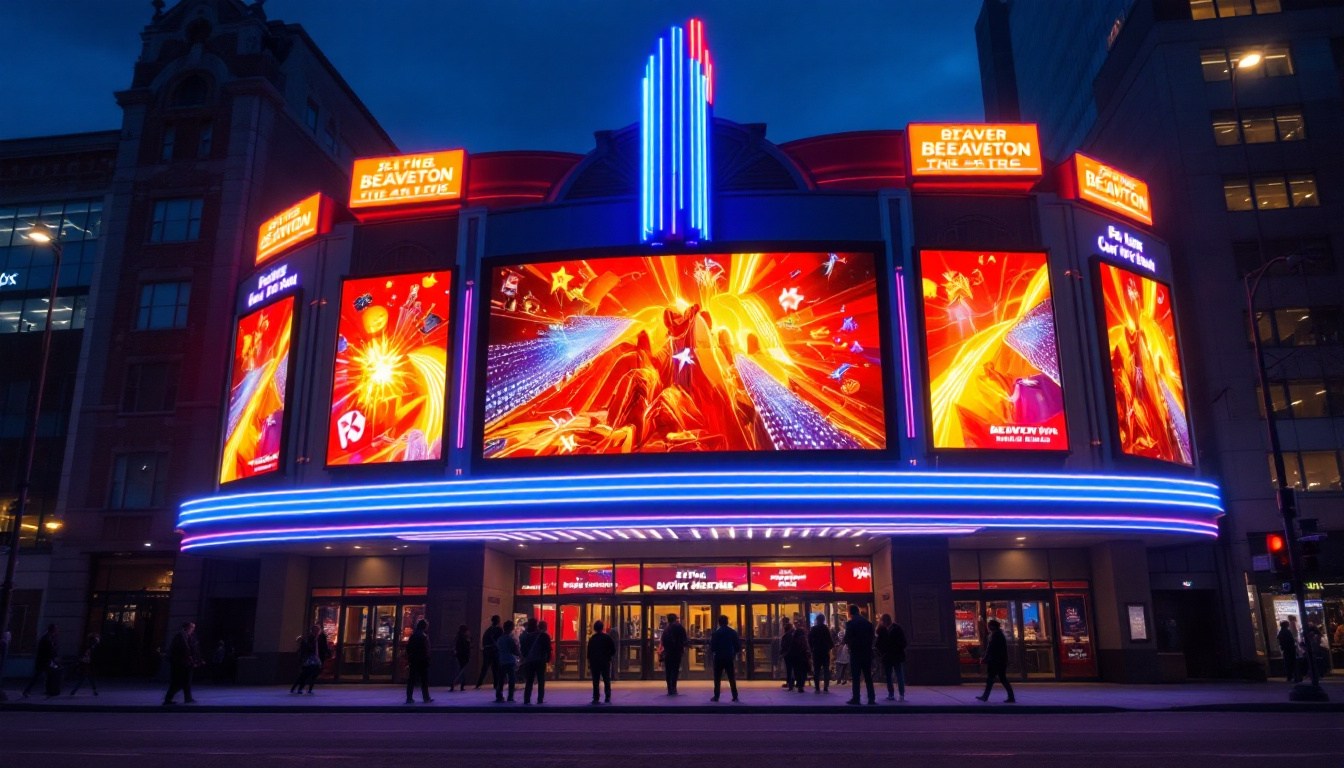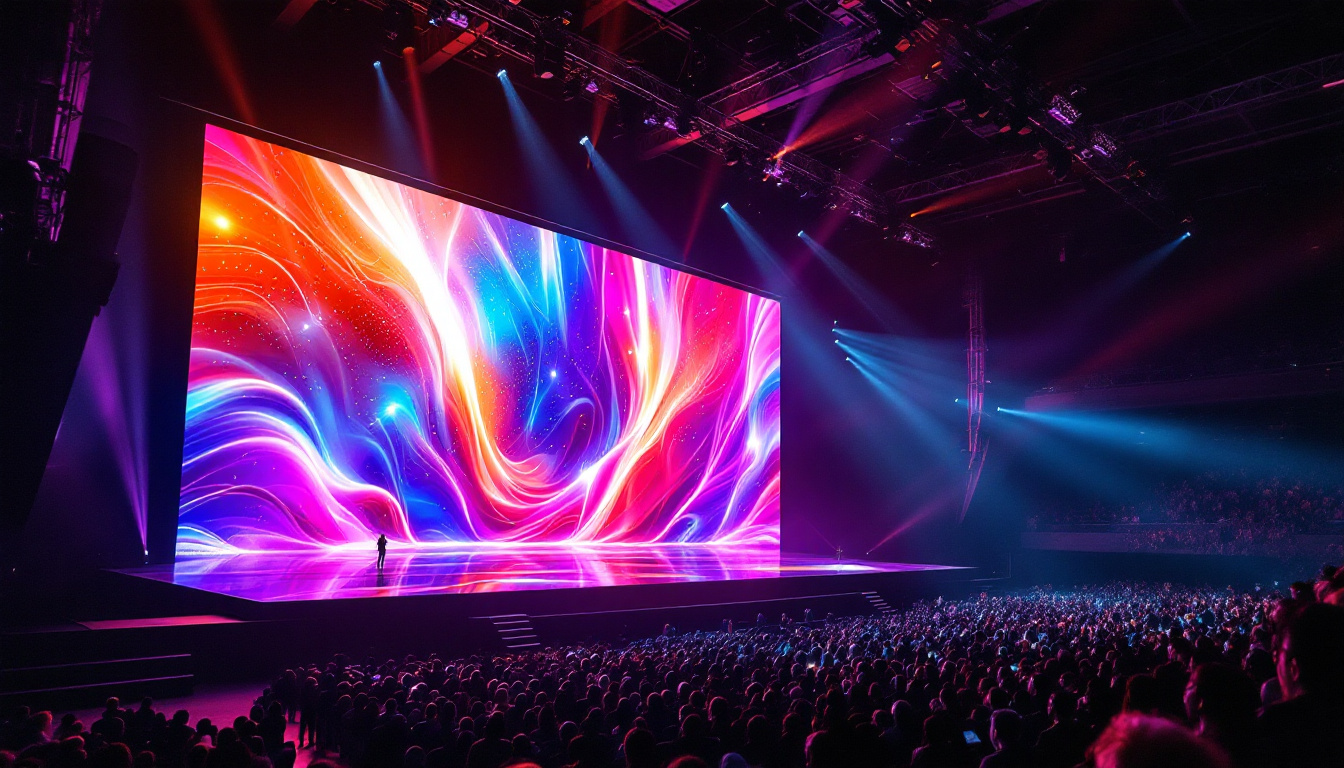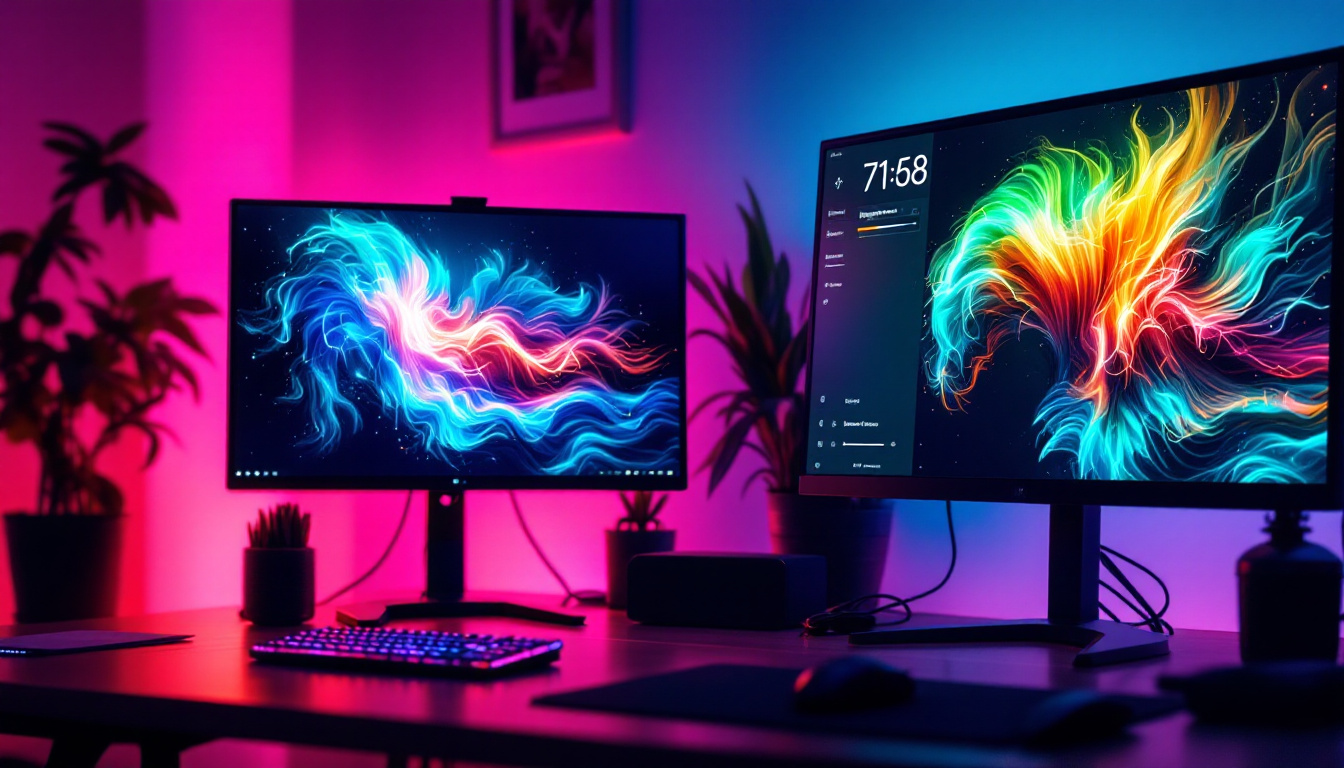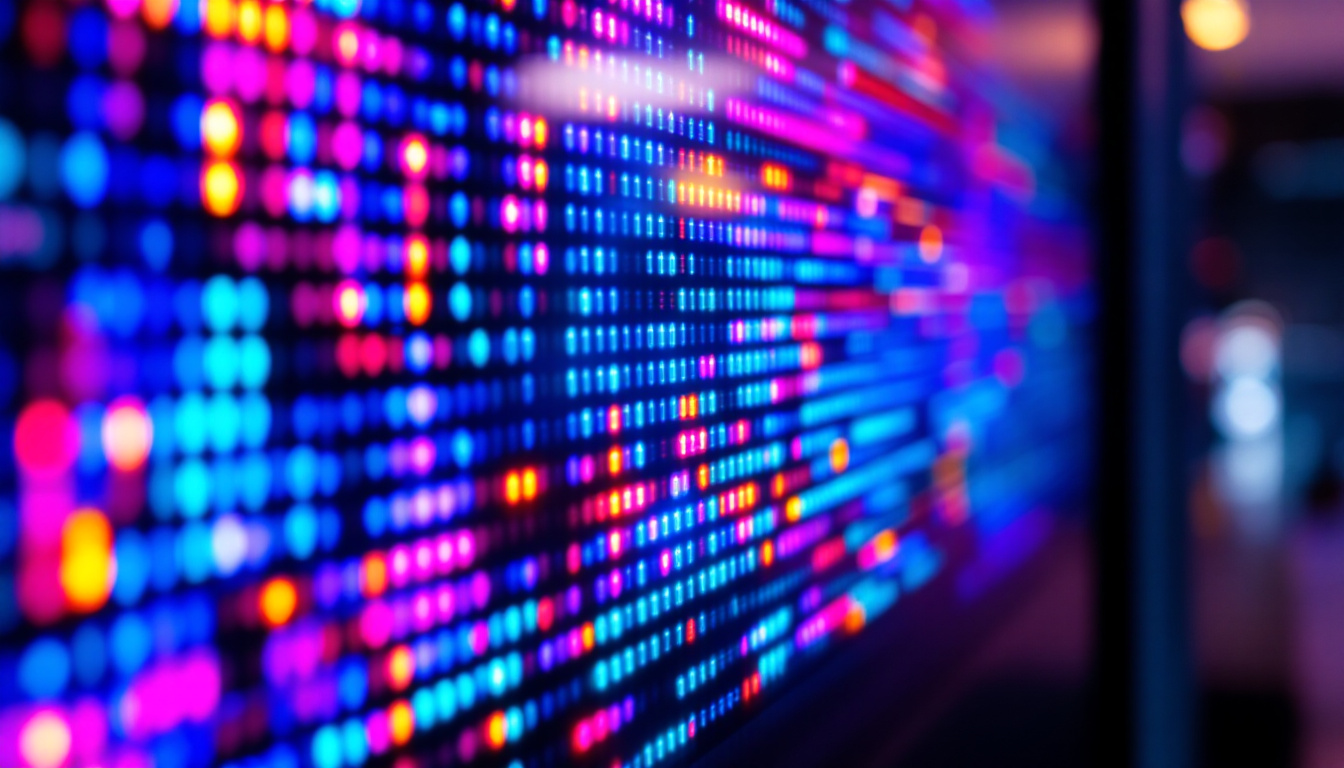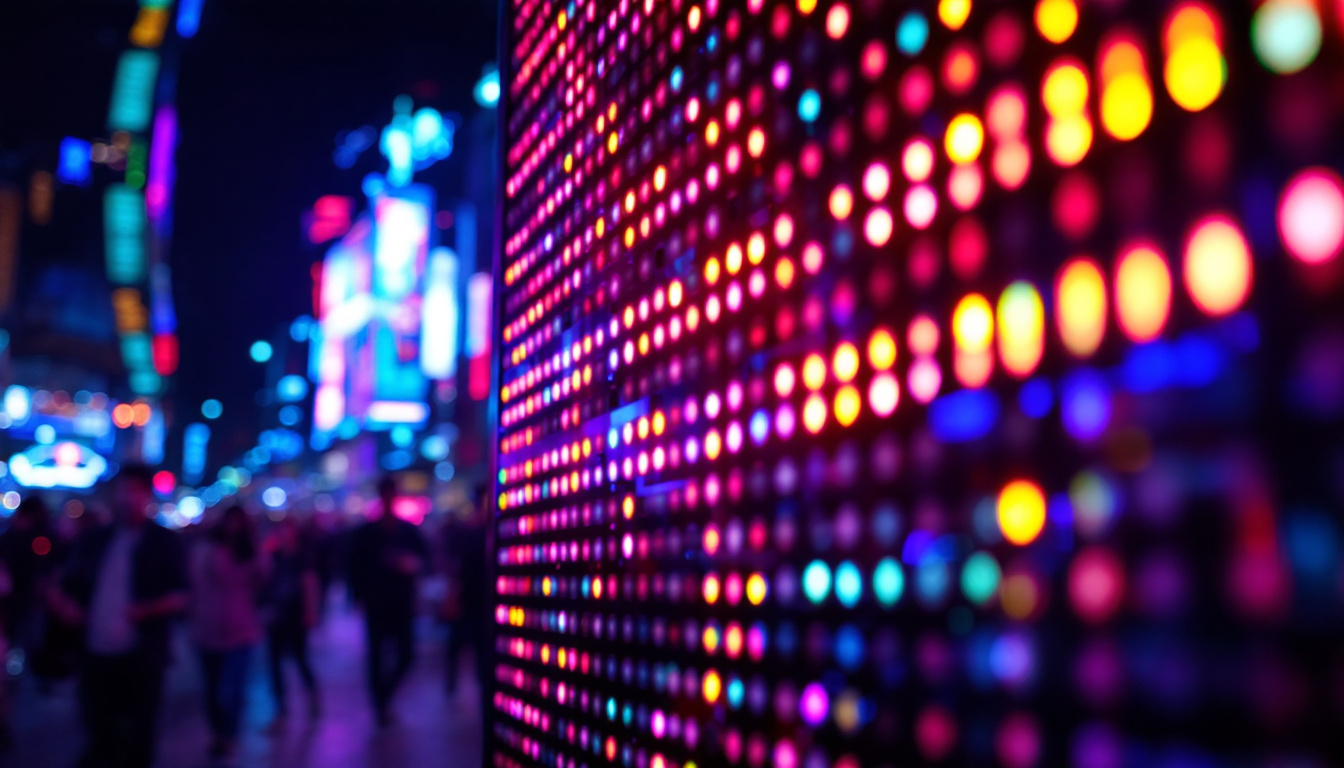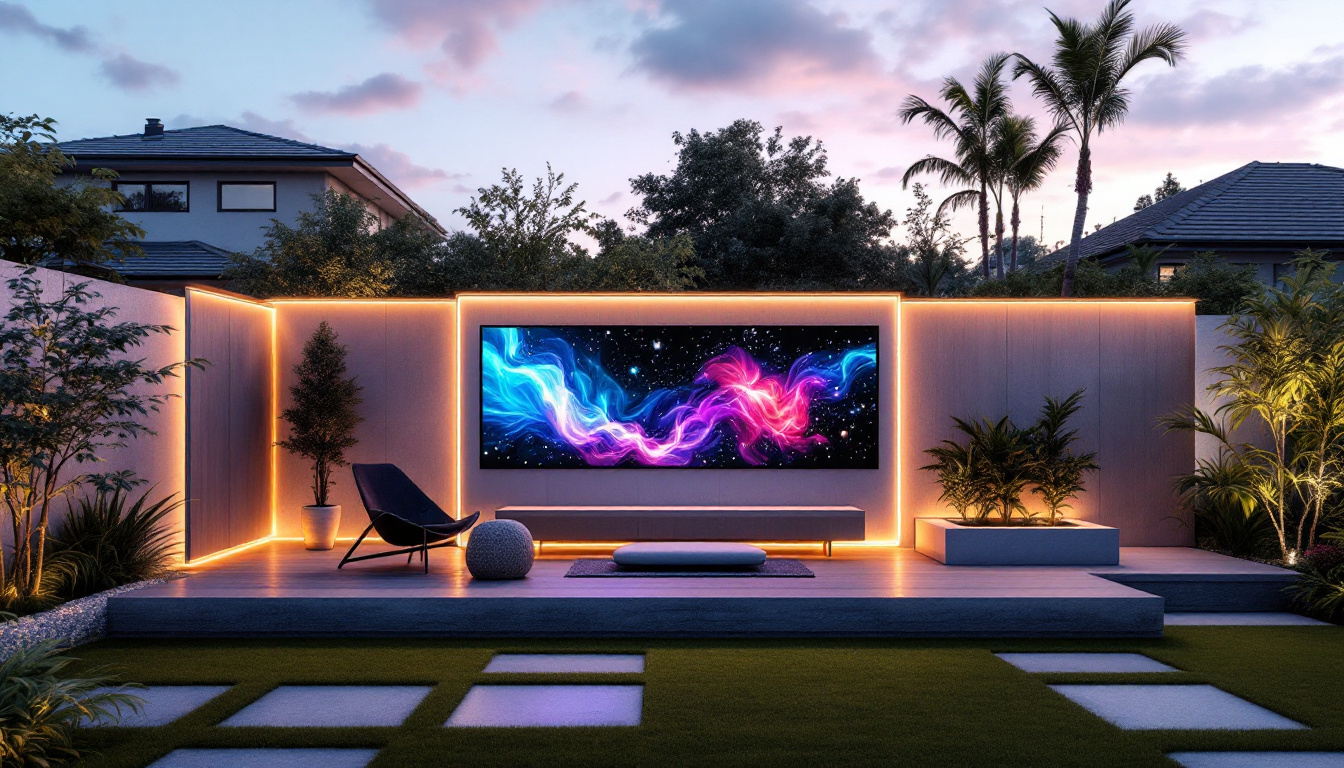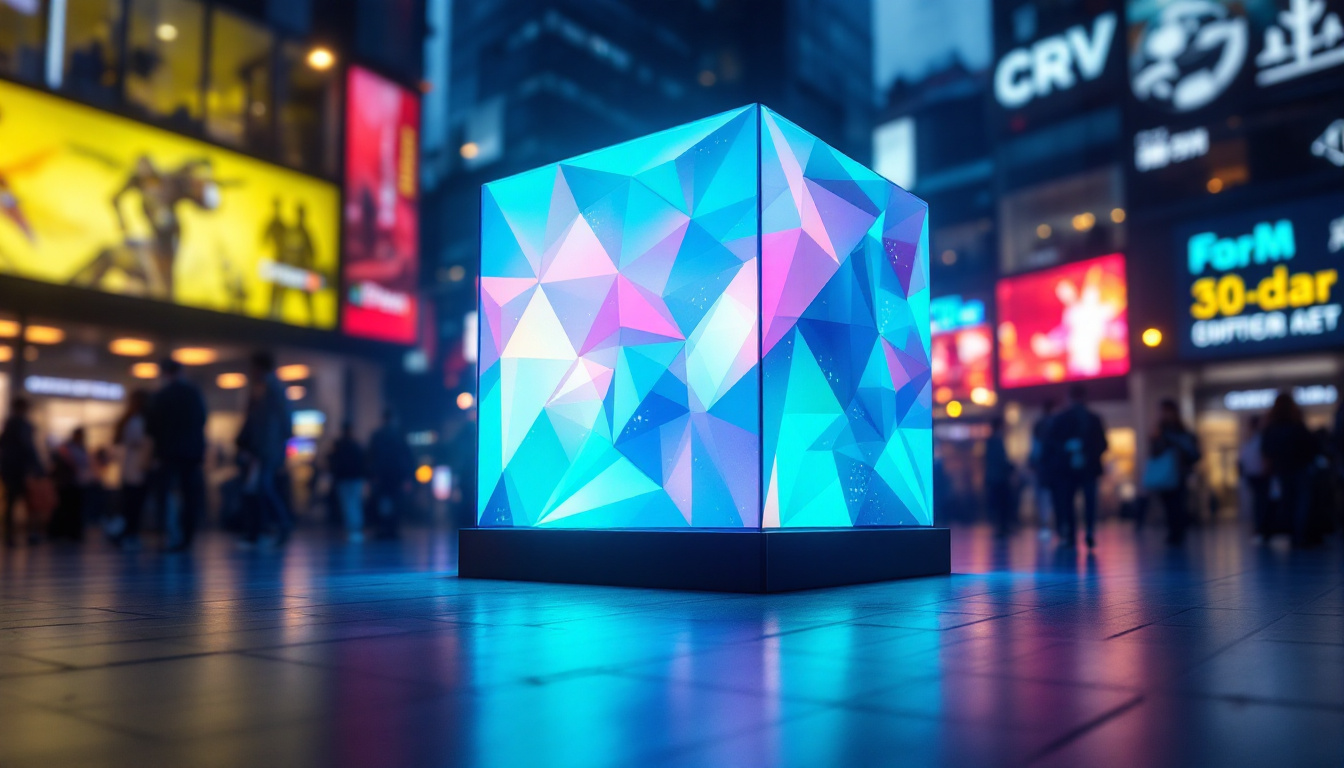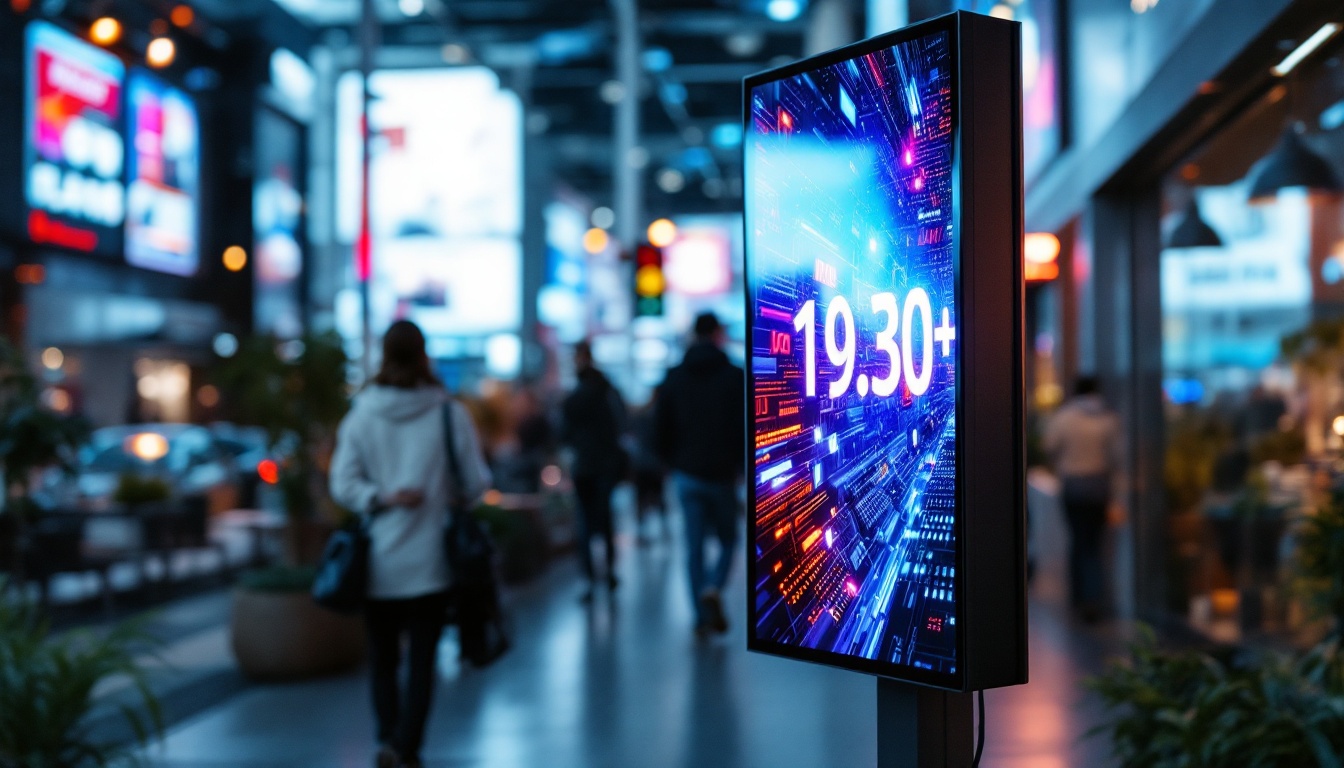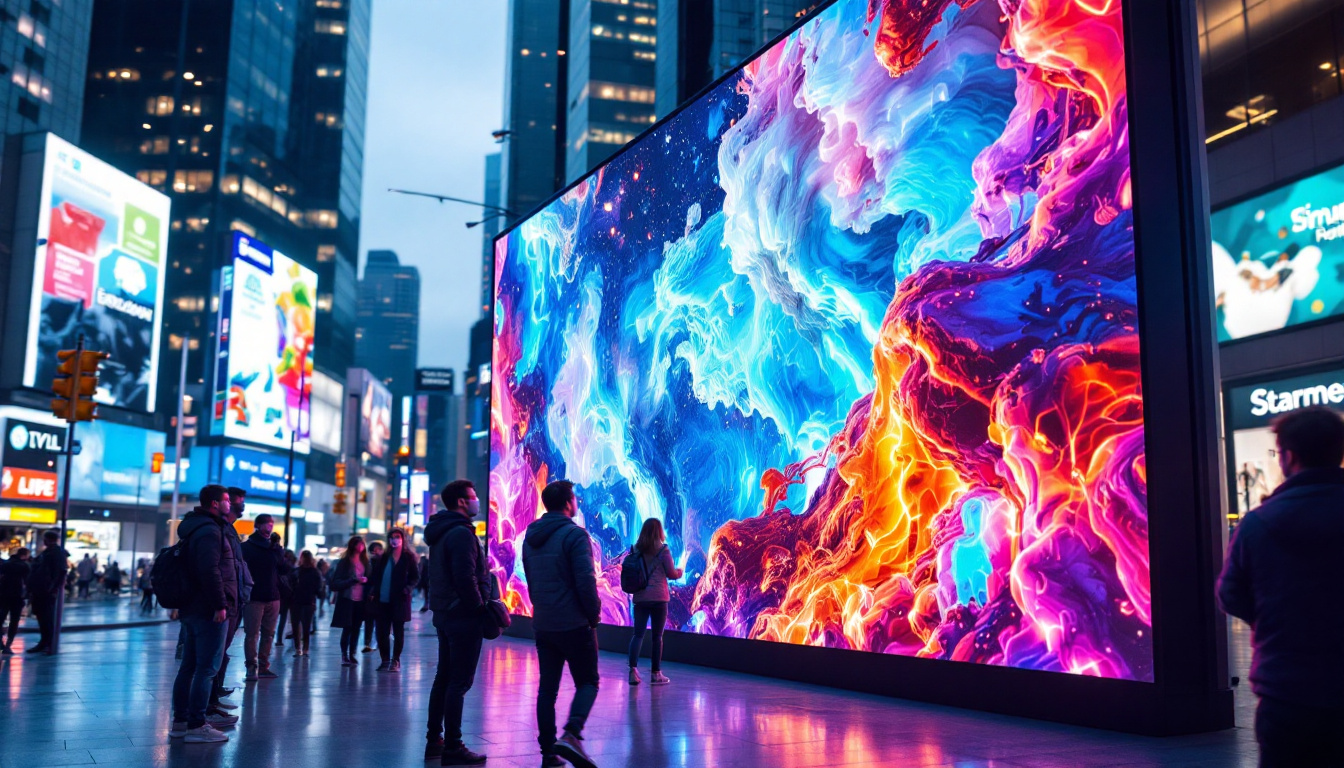In today’s fast-evolving digital landscape, the integration of LED displays with monitor stands has become a significant trend in both professional and personal environments. Understanding how LED displays function, their benefits, and how they complement monitor stands can help users optimize their workspace for productivity, aesthetics, and ergonomics. This article delves deep into the world of LED displays, explaining their technology, advantages, and practical applications when paired with monitor stands.
Understanding LED Display Technology
LED, or Light Emitting Diode, displays are a type of flat-panel display technology that uses an array of light-emitting diodes as pixels to produce images. Unlike traditional LCD screens that rely on backlighting, LED displays utilize tiny diodes that emit light individually, resulting in brighter and more vibrant visuals.
The technology behind LED displays has evolved significantly over the past decade. Modern LED panels can be broadly categorized into two types: direct LED and edge-lit LED. Direct LED displays have LEDs placed directly behind the screen, offering superior brightness and contrast, while edge-lit LED displays position LEDs around the edges, allowing for thinner screens but sometimes compromising uniformity in lighting.
How LEDs Work in Displays
Each LED pixel in a display consists of red, green, and blue diodes that combine to produce a broad spectrum of colors through varying intensities. This RGB combination enables LED displays to achieve high color accuracy and a wide color gamut, essential for tasks requiring precise color representation such as graphic design and video editing.
Furthermore, LED displays offer faster refresh rates and lower response times compared to older display technologies. This makes them ideal for gaming and high-motion video applications, where smooth visuals are critical.
In addition to their performance advantages, LED displays are also more energy-efficient than their predecessors. The individual light-emitting diodes consume less power than traditional bulbs, which not only reduces electricity costs but also contributes to a lower carbon footprint. This efficiency is particularly beneficial in large-scale installations, such as digital billboards and stadium screens, where energy consumption can be a significant concern. Moreover, the longevity of LED technology means that these displays can last for tens of thousands of hours, reducing the need for frequent replacements and maintenance.
Another exciting development in LED technology is the introduction of OLED (Organic LED) displays, which take the concept of LED a step further. OLED screens utilize organic compounds that emit light when an electric current is applied, allowing for even deeper blacks and more vibrant colors. This technology is becoming increasingly popular in high-end televisions and smartphones, offering consumers an unparalleled viewing experience. As the market continues to evolve, innovations such as microLED and miniLED are also emerging, promising even greater advancements in display quality and efficiency.
The Role of Monitor Stands in Enhancing LED Display Usage
While the display technology itself is crucial, the physical setup of the monitor plays an equally important role in user experience. Monitor stands are more than just support structures; they influence ergonomics, desk space management, and even the longevity of the display.
Ergonomics and Comfort
Proper monitor positioning is essential to reduce eye strain, neck pain, and repetitive stress injuries. Adjustable monitor stands allow users to set the height, tilt, and rotation of their LED displays to match their natural line of sight and posture. This is particularly important for professionals who spend extended hours in front of screens.
Studies have shown that ergonomic monitor setups can increase productivity by up to 25% while reducing discomfort and fatigue. Monitor stands with flexible adjustments enable users to create a customized workspace that supports healthy work habits. Furthermore, the integration of features such as built-in anti-glare screens can further enhance visual comfort, allowing users to focus on their tasks without the distraction of reflections or harsh lighting.
Space Optimization and Aesthetics
Modern monitor stands come in various designs, including clamp mounts, freestanding bases, and multi-monitor arms. These options help users maximize desk space by elevating the display and freeing up room for other peripherals or documents.
Additionally, sleek monitor stands complement the slim profiles of LED displays, contributing to a clean and professional workspace appearance. Some stands even incorporate cable management systems to reduce clutter, enhancing both functionality and visual appeal. The choice of materials, such as metal or wood finishes, can also play a significant role in the overall aesthetic of a workspace, allowing users to select a stand that aligns with their personal style or corporate branding. Moreover, some advanced models feature integrated USB hubs or wireless charging pads, making it easier to connect devices and keep the workspace organized while providing a modern touch to the setup.
Advantages of LED Displays on Monitor Stands
Combining LED displays with quality monitor stands creates a synergy that enhances the overall user experience. The benefits extend beyond just image quality and ergonomics.
Improved Viewing Angles and Reduced Glare
LED displays typically offer wider viewing angles compared to older technologies like LCD with CCFL backlighting. When paired with adjustable monitor stands, users can position their screens to minimize glare from ambient light sources, reducing eye strain and improving visual comfort.
Energy Efficiency and Longevity
LED technology is known for its energy efficiency. According to the U.S. Department of Energy, LED displays consume up to 30% less power than traditional LCD screens with fluorescent backlighting. This not only reduces electricity costs but also contributes to environmental sustainability.
Monitor stands that allow proper ventilation and prevent overheating can further extend the lifespan of LED displays by ensuring optimal operating temperatures.
Versatility for Multi-Monitor Setups
Professionals in fields such as finance, programming, and creative industries often require multiple monitors for multitasking. Adjustable monitor stands designed for multi-display setups enable seamless alignment and positioning of LED screens, enhancing workflow efficiency and reducing the physical strain associated with constantly shifting focus between screens.
Choosing the Right Monitor Stand for Your LED Display
Selecting an appropriate monitor stand is crucial to fully leverage the advantages of LED displays. Several factors should be considered to ensure compatibility and user satisfaction.
Weight and Size Compatibility
LED displays vary in size and weight, from compact 21-inch models to expansive 34-inch ultrawide screens. It is essential to choose a monitor stand that can support the weight and dimensions of the display to maintain stability and safety.
Adjustability Features
Look for stands that offer a range of motion including height adjustment, tilt, swivel, and rotation. This flexibility allows users to customize their viewing angle and switch between landscape and portrait orientations as needed.
Build Quality and Materials
Durability is a key consideration. Monitor stands made from high-quality materials such as aluminum or steel tend to offer better stability and longevity compared to plastic alternatives. Additionally, a well-built stand reduces vibrations and wobbling, which can be distracting during detailed work.
Additional Functionalities
Some monitor stands come with integrated features like USB hubs, wireless charging pads, or built-in speakers. Depending on the user’s needs, these extras can add convenience and reduce desktop clutter.
Practical Applications and Use Cases
The combination of LED displays and ergonomic monitor stands is transforming various industries and work environments.
Corporate Workspaces
In corporate settings, where employees often spend eight or more hours daily at their desks, investing in high-quality LED monitors paired with adjustable stands can improve employee well-being and productivity. Companies that prioritize ergonomic workstations report lower rates of musculoskeletal disorders and absenteeism.
Creative Industries
Graphic designers, video editors, and photographers benefit immensely from the color accuracy and high resolution of LED displays. Adjustable monitor stands allow precise positioning to reduce glare and reflections, ensuring that colors are viewed as intended.
Gaming and Entertainment
Gamers require fast refresh rates and low latency, which LED displays provide. Monitor stands that offer quick adjustments enable gamers to find the most comfortable and immersive viewing position, enhancing their overall experience.
Home Offices and Remote Work
The rise of remote work has increased the demand for ergonomic home office setups. LED displays combined with versatile monitor stands help create efficient and comfortable workspaces that support long hours of virtual meetings, content creation, and multitasking.
Future Trends in LED Displays and Monitor Stands
As technology advances, the integration between LED displays and monitor stands is expected to become more sophisticated.
Smart Monitor Stands
Emerging designs incorporate sensors and IoT connectivity to monitor posture, screen time, and ambient lighting conditions. These smart stands can provide real-time feedback and adjustments to promote healthier work habits.
Flexible and Foldable Displays
Innovations in flexible LED technology may lead to displays that can curve or fold, requiring new types of stands designed to support dynamic shapes and orientations.
Enhanced Sustainability
Manufacturers are increasingly focusing on eco-friendly materials and energy-efficient designs for both displays and stands. This trend aligns with global efforts to reduce electronic waste and carbon footprints.
Conclusion
LED displays have revolutionized the way users interact with digital content by offering superior image quality, energy efficiency, and versatility. When paired with the right monitor stand, these displays not only enhance visual performance but also contribute to ergonomic comfort and workspace organization.
Understanding the technology behind LED displays and the importance of monitor stands is essential for anyone looking to optimize their workstation, whether for professional, creative, or personal use. As the market continues to innovate, staying informed about the latest developments will ensure users can make choices that best suit their needs and promote long-term health and productivity.
Discover the Future of Visual Display with LumenMatrix
Ready to elevate your visual experience and workspace ergonomics with cutting-edge LED technology? Look no further than LumenMatrix, a pioneer in innovative LED display solutions. From captivating Indoor LED Walls to dynamic Outdoor LED Displays, and from versatile Vehicle LED Displays to sleek LED Posters, LumenMatrix offers an array of options to meet your professional and creative needs. Embrace the future of visual communication with our Custom LED Displays, All-in-One solutions, and revolutionary LED Transparent Displays. Check out LumenMatrix LED Display Solutions today and transform your space into a hub of engagement and productivity.


